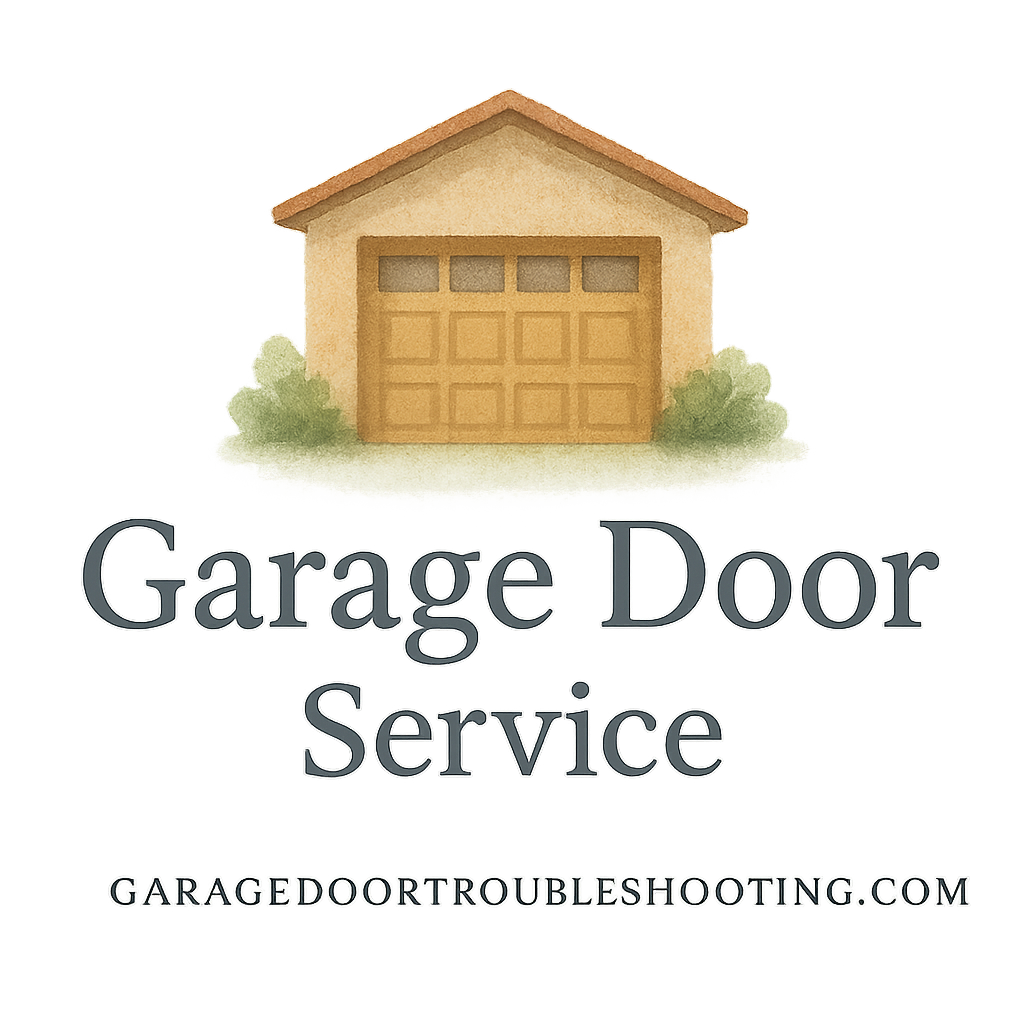Introduction: Why Garage Door Sensors Fail
Have you ever hit the button on your garage door remote only to watch the door freeze halfway or not move at all? Most times, the culprit is the garage door sensor. These little devices are like the eyes of your garage system, making sure nothing gets crushed under that heavy door. When they stop working, your entire garage door becomes stubborn. The good news? Many of these issues can be solved with simple DIY fixes before you need to call in the pros.
Understanding How Garage Door Sensors Work
The Role of Safety Sensors
Garage door sensors are built for one main reason: safety. Positioned near the bottom of your garage door tracks, they create an invisible beam. If something blocks that beam—like a pet, child, or even a fallen broom—the door won’t close.
Common Signs of Sensor Malfunction
Not sure if your sensors are the problem? Watch out for these red flags:
- The garage door reverses immediately after trying to close.
- The opener light flashes repeatedly.
- One or both sensor indicator lights are off or blinking.
- The door only works when you hold the wall button down.
DIY Fix #1: Clean the Sensor Lenses
Why Dust and Debris Cause Sensor Issues
Think of garage door sensors like glasses. When they get dirty, vision gets blurry. Dirt, spider webs, and even a little grease can block the sensor beam and trick it into thinking there’s an obstacle.
Step-by-Step Cleaning Guide
- Turn off your garage opener for safety.
- Use a soft microfiber cloth to gently wipe the lenses.
- If needed, dampen the cloth with mild soapy water—avoid harsh cleaners.
- Dry the sensors completely before turning the opener back on.
DIY Fix #2: Check Sensor Alignment
Tools Needed for Alignment
You don’t need anything fancy—just a level tool or even a piece of string to check if both sensors line up.
Adjusting Sensors Like a Pro
- Loosen the mounting brackets slightly.
- Align both sensors so they face each other directly.
- Tighten the brackets back in place.
- Test by closing the door—if it stays down, alignment worked.
DIY Fix #3: Inspect the Wiring Connections
Spotting Loose or Frayed Wires
Garage doors move a lot, and so do their wires. Over time, wires may loosen, fray, or disconnect. Look for:
- Exposed copper wires.
- Loose screws at the terminal connections.
- Signs of rodent chewing (yes, it happens!).
When to Call a Professional
If you see burnt wires or anything that looks beyond a quick tighten, stop right there. Some garage door electrical issues can be dangerous. Check out professional garage door services for expert help.
DIY Fix #4: Test the Power Supply
Checking the Outlet and Circuit Breaker
Sometimes it’s not the sensor—it’s the power. Make sure the outlet powering your garage door opener is live. If not, reset the breaker.
Replacing Dead Batteries in Keypads/Remotes
If your remote control feels sluggish, don’t blame the sensors just yet. A weak battery can mimic sensor problems.

DIY Fix #5: Remove Sunlight Interference
How Direct Sunlight Affects Sensors
Direct sunlight can confuse sensors, just like shining a flashlight in someone’s eyes. If your door refuses to close only during bright daylight hours, this might be your issue.
Easy Fixes: Shields, Covers, and Placement
- Attach small shades or covers over the sensors.
- Reposition the sensors slightly to minimize glare.
- Planting a nearby shrub can even help reduce reflection.
DIY Fix #6: Adjust the Sensor Height
Why Kids and Pets Trigger Sensors
If your sensors are too low, even a puppy’s tail can keep your garage door open.
Correct Height for Maximum Safety
Generally, sensors should be installed 4–6 inches above the floor. High enough to avoid small debris but low enough to catch real obstacles.
DIY Fix #7: Reset the Garage Door System
How to Reset the Opener Safely
Most garage door openers have a reset button. Hold it for about 10 seconds until the lights blink. This clears errors in the system.
Reprogramming Remote Controls
After a reset, you might need to reprogram your remotes. Follow your opener’s manual or visit garage door repair guides for step-by-step help.
DIY Fix #8: Replace Faulty Sensors
Choosing the Right Replacement Sensors
Not all sensors are universal. Check your opener’s brand and model to buy the right match. See this buying guide for help.
Step-by-Step Replacement Guide
- Disconnect the power.
- Remove the old sensors from brackets.
- Install new sensors and connect wires.
- Align and test before final tightening.
Safety Precautions When Handling Garage Door Repairs
Avoiding Dangerous Repairs
Garage doors weigh hundreds of pounds, and mistakes can be costly—or worse, dangerous. Always stick to sensor-level fixes unless you’re trained. Learn more about dangerous garage door repairs.
Knowing When to Stop DIY and Call Experts
If you’ve tried these fixes and your sensors still won’t cooperate, it’s time to call in professionals. Reliable garage door services providers can ensure a safe solution.
Benefits of Regular Garage Door Maintenance
Extending the Lifespan of Your Sensors
Cleaning, aligning, and checking sensors regularly keeps your garage door system running smoothly.
Saving on Costly Repairs
Spending a few minutes maintaining your sensors now saves you hundreds on future repairs. Get more tips from garage door maintenance advice.
Conclusion: Keep Your Garage Door Running Smoothly
Garage door sensors may seem small, but they play a big role in your family’s safety. With these 8 DIY fixes, you can troubleshoot most problems without spending a fortune on professional repairs. Still, never push DIY too far—some issues need expert care. The goal is to keep your garage door working safely and reliably for years to come.
FAQs
1. What causes garage door sensors to stop working suddenly?
Dust, misalignment, wiring issues, or power supply problems are the most common culprits.
2. Can I bypass garage door sensors temporarily?
Yes, but it’s not recommended. Bypassing removes a key safety feature and can be dangerous.
3. How often should I clean and realign my sensors?
At least twice a year, or more often if your garage is dusty.
4. Do all garage doors use the same type of sensors?
No, sensor types vary by manufacturer. Always check compatibility before replacing.
5. How do I know if I need a new sensor?
If cleaning, alignment, and resets don’t work, replacement is usually the next step.
6. What tools do I need for DIY sensor repairs?
A screwdriver, level, microfiber cloth, and sometimes wire cutters are all you’ll need.
7. Is professional servicing better than DIY fixes?
DIY works for small issues, but professional servicing ensures long-term safety and reliability.


